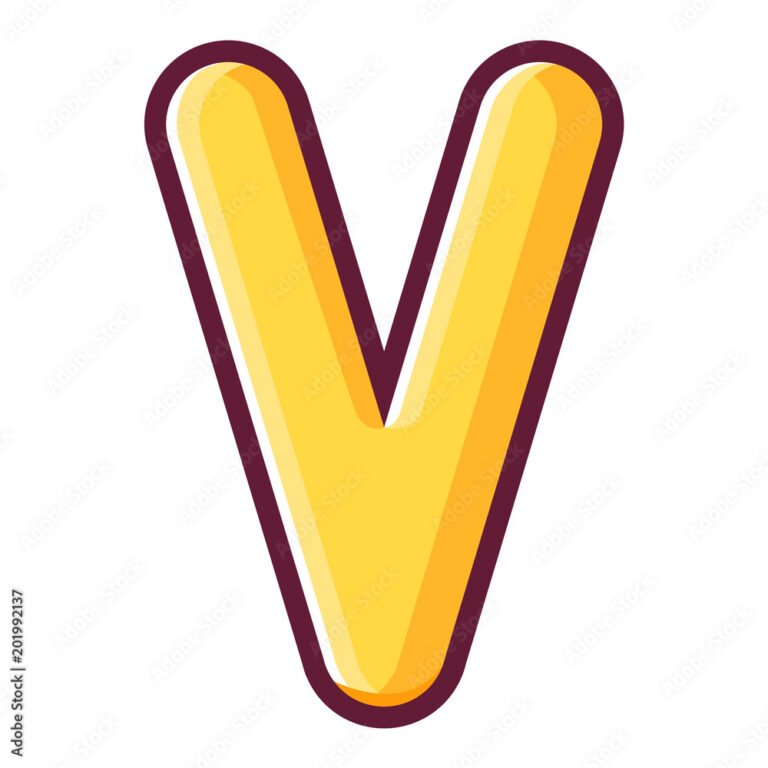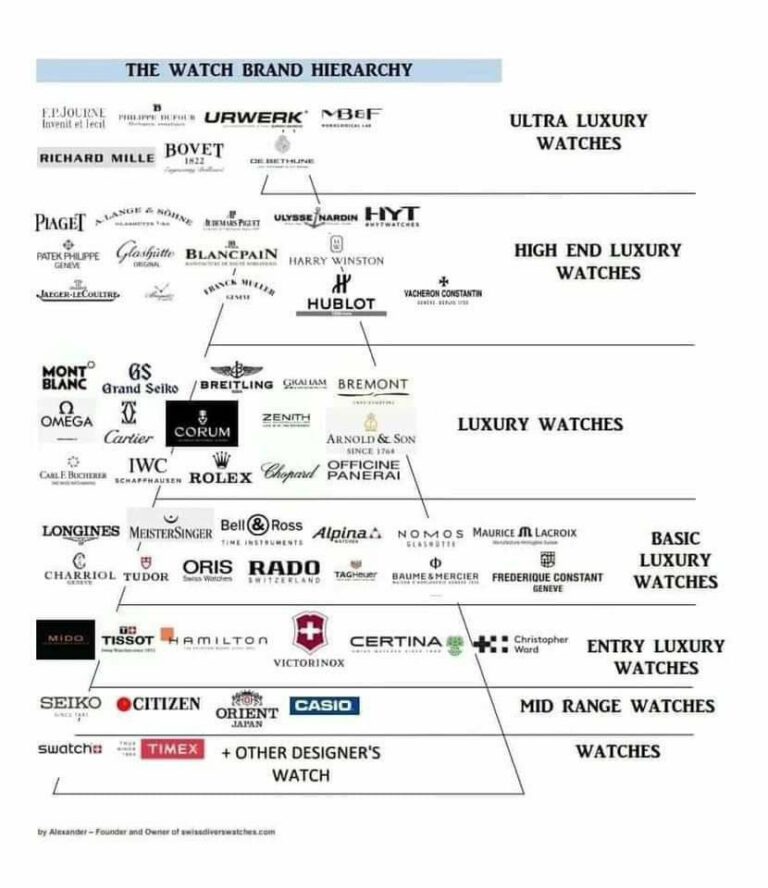Car Brands That Start With D: A Deep Dive into Automotive Diversity
Car Brands That Start With D: A Deep Dive into Automotive Diversity cars.truckstrend.com
The automotive industry is a vibrant tapestry woven from countless brands, each with its unique heritage, design philosophy, and market position. While some letters of the alphabet might offer a sparse selection, the letter ‘D’ surprisingly opens the door to a fascinating array of car manufacturers, ranging from iconic American muscle to innovative European budget brands, and from revered historical luxury marques to niche, high-performance specialists. Understanding these "Car Brands That Start With D" offers a panoramic view of the industry’s evolution, its global reach, and the diverse needs it seeks to fulfill.
This comprehensive guide will navigate the intriguing world of automotive brands beginning with ‘D’, exploring their history, their most notable contributions, their market standing, and what makes each one distinctive. Whether you’re a car enthusiast, a prospective buyer, or simply curious about the depth of the automotive landscape, this exploration will provide valuable insights into the legacies and innovations of these ‘D’ brands.
Car Brands That Start With D: A Deep Dive into Automotive Diversity
The Diverse Landscape of ‘D’ Brands
The letter ‘D’ introduces us to a collection of automotive brands that have left, or continue to leave, significant marks on the industry. From mass-market producers to exclusive limited-run manufacturers, each ‘D’ brand tells a unique story of ambition, engineering, and market adaptation.
Dodge: The Enduring American Powerhouse
Perhaps the most recognized "D" brand globally, Dodge has been a cornerstone of American automotive culture for over a century. Founded by brothers Horace and John Dodge in 1900 as a parts supplier, Dodge began producing its own vehicles in 1914. Historically known for robust trucks and family cars, Dodge truly cemented its iconic status with the advent of the muscle car era in the 1960s.
Key Information & Evolution:
Dodge’s identity is synonymous with raw power and performance. Models like the Charger and Challenger have become legendary, embodying the spirit of American muscle with their powerful HEMI engines and aggressive styling. In recent years, under Stellantis (formerly Fiat Chrysler Automobiles), Dodge has focused intensely on its performance-oriented image, even venturing into high-performance SUVs like the Durango SRT Hellcat.
Market Position & Strengths:
Dodge occupies a unique niche, appealing to buyers who prioritize performance, bold aesthetics, and a distinct American character. Their vehicles are often seen as enthusiast cars, offering potent engines and a thrilling driving experience at a relatively accessible price point compared to high-end sports cars. They excel in offering strong horsepower figures and a distinctive rumble that resonates with a specific buyer demographic.
Challenges & Future:
Like many traditional automakers, Dodge faces the challenge of transitioning to an electrified future while retaining its core identity. Stellantis has outlined plans for electric muscle cars, aiming to infuse the Dodge brand with new, sustainable power without losing its performance edge. The discontinuation of the internal combustion engine (ICE) Challenger and Charger models in 2023 marked a significant turning point, paving the way for an electrified muscle car future.
Dacia: Europe’s Value-Oriented Challenger
Hailing from Romania, Dacia has emerged as a significant player in the European and international budget car market. Founded in 1966, Dacia was acquired by Renault in 1999, a move that revitalized the brand and transformed it into a symbol of no-frills, affordable motoring.
Key Information & Evolution:
Dacia’s philosophy is straightforward: provide reliable, practical, and highly affordable vehicles. Their success is built on sharing platforms and components with Renault, allowing them to keep development and production costs low. Models like the Logan (known as the Renault Logan or Lada Largus in some markets), Sandero, and especially the Duster SUV, have been runaway successes due to their compelling price-to-value proposition.
Market Position & Strengths:
Dacia dominates the entry-level segment in many European countries. Its primary strength lies in its unbeatable affordability combined with robust, proven Renault technology. Dacia cars are often chosen by buyers seeking maximum utility and reliability without paying for premium features or advanced technology they don’t need. They are known for their rugged simplicity and low running costs.
Considerations:
While incredibly cost-effective, Dacia vehicles generally offer fewer luxury features, less sophisticated interiors, and sometimes simpler safety technologies compared to more expensive rivals. Their appeal is precisely in their lack of pretension, offering honest transportation.
Daihatsu: The Japanese Compact Specialist
Daihatsu, a Japanese automaker, has a long history dating back to 1907. It is best known for its expertise in manufacturing small cars, including kei cars (a specific category of small, light vehicles in Japan with tax and insurance benefits), compact cars, and commercial vehicles. Since 1998, it has been a wholly-owned subsidiary of Toyota.
Key Information & Evolution:
Daihatsu has consistently focused on fuel efficiency, compact dimensions, and practicality. Their lineup typically includes models like the Mira (kei car), Charade (compact hatchback), and Terios (compact SUV). While they once had a global presence, including in North America and Europe, Daihatsu has largely retreated to focus on the Japanese domestic market and select Asian countries, where their expertise in small, efficient vehicles is highly valued.
Market Position & Strengths:
In its target markets, Daihatsu is respected for its reliable, well-built small cars that are easy to maneuver in congested urban environments. Their strong ties with Toyota ensure access to advanced technologies and quality control, making their vehicles dependable and economical to run.
Practical Advice: For those outside its primary markets, acquiring a Daihatsu typically involves importing or purchasing a used model. Parts availability can be a consideration, though common components often share Toyota parentage.
Datsun: A Phoenix That Flew Too Low
Datsun holds a unique place in automotive history as the original brand name for Nissan vehicles before the company formally adopted the Nissan name worldwide in the 1980s. Iconic sports cars like the 240Z and reliable pickups were sold under the Datsun badge. In 2013, Nissan controversially revived the Datsun brand as a low-cost marque for emerging markets, only to discontinue it again in 2022.
Key Information & Evolution:
The original Datsun era produced some of Japan’s most beloved and successful exports. The brand was known for its reliability, affordability, and surprisingly engaging driving dynamics (especially with the Z-cars). The modern Datsun revival aimed to replicate Dacia’s success in markets like India, Indonesia, and Russia, offering ultra-affordable models like the Go and Redi-Go.
Challenges & Demise:
The second coming of Datsun faced significant challenges. Despite low prices, the vehicles struggled with perceptions of quality, safety standards, and desirability compared to local competitors or even other budget brands. Nissan eventually decided to phase out the resurrected brand, proving that brand recognition alone isn’t enough without a compelling product strategy.
DeLorean Motor Company (DMC): The Icon of Time Travel
The DeLorean Motor Company, founded by automotive executive John DeLorean in 1975, produced only one model: the DMC-12 sports car. Despite its short production run (1981-1982), the car achieved legendary status thanks to its starring role as the time machine in the "Back to the Future" film trilogy.
Key Information & Evolution:
The DMC-12 was distinctive for its unpainted stainless steel body panels and gull-wing doors. While its design was revolutionary, its performance was often criticized as underwhelming, and the company faced financial troubles and controversy, leading to its rapid demise.
Legacy & Revival Efforts:
Today, the original DeLorean Motor Company is defunct, but a separate company (also named DeLorean Motor Company, based in Texas) provides parts and services for existing DMC-12 owners. There have been several attempts and announcements regarding a "new" DeLorean car, often electric, aiming to capture the spirit of the original with modern technology. These efforts highlight the enduring cultural impact of the DMC-12.
Considerations for Enthusiasts: Owning a DMC-12 is a commitment to a unique piece of automotive history. While parts are available, maintenance requires specialized knowledge, and performance is modest by modern standards. It’s a car bought for its iconic design and cultural significance rather than raw speed.
Duesenberg: American Luxury Redefined (Historical)
Duesenberg was an American automobile manufacturer active from 1913 to 1937. Synonymous with unparalleled luxury, performance, and craftsmanship, Duesenberg cars were among the most expensive and exclusive vehicles of their era, favored by royalty, celebrities, and the ultra-wealthy.
Key Information & Legacy:
Founded by brothers Fred and August Duesenberg, the company was known for its innovative engineering, including powerful straight-eight engines and advanced features for its time. Models like the Model J were masterpieces of automotive art and engineering, custom-bodied by various coachbuilders to suit the owner’s individual taste.
Impact & Challenges:
Duesenberg’s reign was cut short by the Great Depression, which severely impacted the market for ultra-luxury cars. Despite its short lifespan, Duesenberg left an indelible mark on automotive history as a pinnacle of American luxury and engineering excellence. Today, surviving Duesenberg vehicles are highly prized collector’s items, fetching multi-million dollar sums at auction.
Practical Advice and Insights for ‘D’ Brand Enthusiasts
For those interested in car brands that start with ‘D’, whether for purchase or appreciation, here’s some practical advice:
- For New Car Buyers (Dodge, Dacia, Daihatsu):
- Dodge: If raw power, bold styling, and a distinctly American feel are your priorities, Dodge offers compelling options. Be mindful of fuel economy with their larger engines. Consider resale value, which tends to be strong for popular performance models.
- Dacia: If maximum affordability, practicality, and low running costs are paramount, Dacia is an excellent choice. Understand that you’re trading luxury features for value. Check local availability as Dacia is not globally distributed.
- Daihatsu: Primarily for those in specific Asian markets or those looking for an imported used Kei car. Research parts availability and local regulations if considering an import.
- For Classic/Niche Car Enthusiasts (DeLorean, Duesenberg, Classic Datsun):
- Research Thoroughly: Understand the specific model’s history, common issues, and maintenance requirements.
- Expert Inspection: Always have a specialist inspect any classic or niche vehicle before purchase.
- Parts and Service: For rare cars, parts availability can be challenging and expensive. Connect with owner clubs and forums; they are invaluable resources for knowledge and sourcing components.
- Investment vs. Passion: Understand if you’re buying for investment potential (which applies more to Duesenbergs and pristine classic Datsuns) or purely for the passion of owning a unique piece of history (like a DeLorean).
- General Considerations:
- Brand Reputation: Each ‘D’ brand has a distinct reputation regarding reliability, performance, and ownership experience. Research reviews and long-term studies.
- After-Sales Support: Consider the availability of authorized service centers and the cost of parts and labor.
Car Brands That Start With D: Overview and Representative Price Range
| Brand Name | Country of Origin | Primary Focus / Niche | Key Models (Examples) | Status | Representative Price Range (Approx.) |
|---|---|---|---|---|---|
| Dodge | USA | Muscle Cars, Performance SUVs, Trucks | Charger, Challenger, Durango, Ram (formerly Dodge Ram) | Active | New: $30,000 – $90,000+ (for SRT/Hellcat) |
| Dacia | Romania | Affordable, Practical Cars | Sandero, Duster, Logan, Jogger | Active | New: €10,000 – €25,000 (approx. international) |
| Daihatsu | Japan | Kei Cars, Compact Cars & Commercial Vehicles | Mira, Tanto, Rocky, Charade (historical) | Active (Japan & Asia-focused) | New: ¥1,000,000 – ¥3,000,000 (approx. JDM) |
| Datsun | Japan | Original: Mainstream/Sports; Revival: Budget | 240Z (original), Go, Redi-Go (revival) | Defunct (revival ended 2022) | Used Original: $15,000 – $100,000+ (240Z) |
| DeLorean | USA/Northern Ireland | Iconic Stainless Steel Sports Car | DMC-12 | Defunct (original company) | Used DMC-12: $50,000 – $150,000+ (collector market) |
| Duesenberg | USA | Ultra-Luxury, High-Performance (Historical) | Model J, Model SJ | Defunct (1937) | Collector: $1,000,000 – $10,000,000+ (auction prices) |
| Donkervoort | Netherlands | Hand-Built Lightweight Sports Cars | D8 GTO, F22 | Active (Niche) | New: €200,000 – €350,000+ (approx.) |
Note: Prices are highly approximate and can vary significantly based on model, trim, condition, location, market demand, and currency exchange rates. "New" prices are for current models, while "Used" or "Collector" prices reflect the market for vintage or specialty vehicles.
Frequently Asked Questions (FAQ) about Car Brands That Start With D
Q1: Which "D" brand is famous for muscle cars?
A1: Dodge is unequivocally famous for its muscle cars, particularly the Challenger and Charger models, which have a long legacy of powerful engines and aggressive styling.
Q2: Are Dacia cars available in the United States?
A2: No, Dacia cars are not officially sold in the United States. Their primary markets are in Europe, parts of Asia, and Africa, where they are known for their affordability.
Q3: What happened to the original DeLorean Motor Company?
A3: The original DeLorean Motor Company went bankrupt in 1982 due to financial troubles, production issues, and legal problems surrounding its founder, John DeLorean. However, the car’s iconic status in "Back to the Future" has led to a strong aftermarket and enthusiast community.
Q4: Is Daihatsu still making cars?
A4: Yes, Daihatsu is still an active car manufacturer. However, they primarily focus on the Japanese domestic market (especially kei cars) and select Asian markets, having withdrawn from many international markets like Europe and North America.
Q5: Why did Nissan revive and then discontinue the Datsun brand?
A5: Nissan revived Datsun in 2013 as a budget brand for emerging markets to compete with ultra-low-cost vehicles. However, the revival struggled with sales, brand perception, and meeting evolving market demands, leading Nissan to discontinue the brand again in 2022 as part of a broader rationalization strategy.
Q6: What makes a Duesenberg car so valuable today?
A6: Duesenberg cars are incredibly valuable due to their rarity, exceptional engineering, luxurious craftsmanship, and historical significance as peak American luxury vehicles from the pre-WWII era. They represent a bygone era of bespoke automotive excellence.
Conclusion: The Enduring Legacy of ‘D’
The world of "Car Brands That Start With D" is far more diverse and intriguing than one might initially imagine. From Dodge’s roar on the drag strip to Dacia’s quiet revolution in affordability, and from the timeless design of the DeLorean to the opulent grandeur of a Duesenberg, these brands collectively tell a compelling story of innovation, market adaptation, and cultural impact.
Each ‘D’ brand, whether active or historical, mass-produced or ultra-exclusive, has contributed a unique thread to the rich tapestry of automotive history. They remind us that the spirit of invention, the pursuit of performance, and the desire for mobility continue to drive an industry that is constantly evolving. Exploring these brands not only deepens our appreciation for automotive engineering and design but also highlights the diverse pathways companies take to leave their mark on the road.




